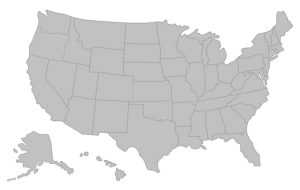The Bulgarian version of the Cyrillic alphabet contains 30 letters. Spelling is usually close to pronunciation, although there are a few exceptions to that rule. Bulgarian has free stress placement; therefore, the accent of every word must be learned individually. As in other Slavonic languages, nouns have three genders: masculine, feminine and neuter; adjectives, pronouns and participles have to agree in number and gender with the noun they modify. Bulgarian stands out among the other Slavonic languages in that, while preserving and enriching the Old Bulgarian/Old Church Slavonic verbal tense and aspect system, and using multiple negation, it has almost completely dropped the numerous case endings of the noun. Like English, it uses prepositions in order to indicate the grammatical relationships in a sentence, instead of cases (like Russian). Unlike English, however, Bulgarian word order remains relatively free. Unlike most other Slavonic varieties, Bulgarian has a definite article postposed to the first stressed word in the noun phrase, a feature typical of the Balkan Linguistic Area. It also lacks infinitives, and has innovated renarrative verb forms to report events that were not directly witnessed by the speaker. Despite these idiosyncrasies, Bulgarian still resembles the other Slavonic languages in many respects.
See Scatton, E. 1993. Bulgarian. In: Comrie, B. and G. G. Corbett (eds.) The Slavonic Languages. London: Routledge, pp. 188-248.













